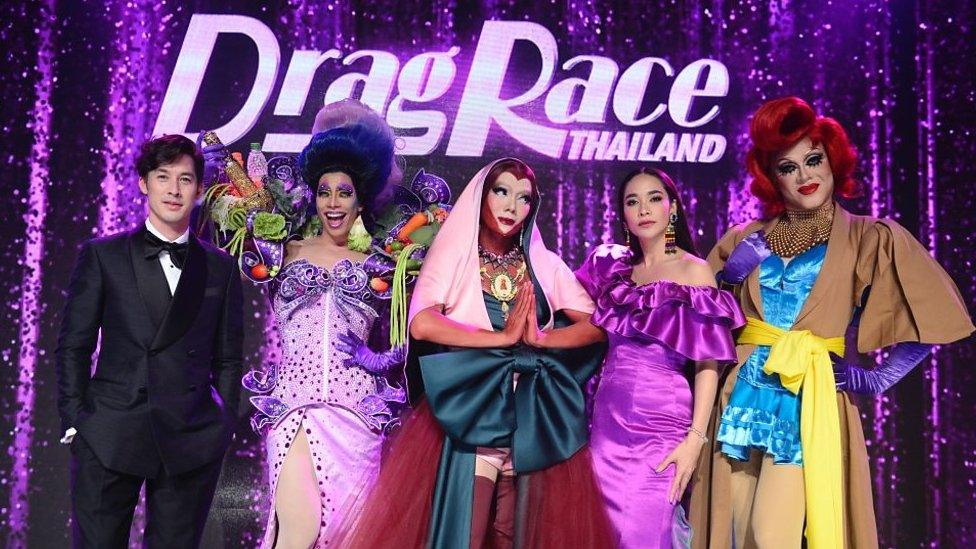Meet the kings and queens from London's drag scene
- Published
Drag bars have been an integral part of the London gay scene for decades.
They were where the careers began for household names including Lily Savage, who entertained crowds every Sunday at the Royal Vauxhall Tavern in south London.
Series like RuPaul's Drag Race UK have brought the art form to our screens recently too, but the origins of drag go back to the late 16th and early 17th Centuries.
Back then, only men were allowed to tread the boards, so if a play had a female character, it would have been up to the male actors to dress as members of the opposite sex.
On the final day of LGBTQ+ History Month, we take a look at some of the kings and queens who have shaped London's drag scene in recent years.
Phil Starr
First performance: The City Arms, Millwall - 1953
Phil Starr left the RAF in 1953, after he answered an advertisement for a female impersonator.
Allow X content?
This article contains content provided by X. We ask for your permission before anything is loaded, as they may be using cookies and other technologies. You may want to read X’s cookie policy, external and privacy policy, external before accepting. To view this content choose ‘accept and continue’.
He then went on to tour with a drag revue show before settling at The City Arms in Millwall, south-east London, where he performed six nights a week for nine years.
"When we got together it was just amazing," recalls artist Maisie Trollette.
"He had such brilliant jokes and when he went live on stage, oh, it was incredible."
Phil, who was born in 1932 and died in 2005, was also a regular at The Black Cap in Camden, before he moved to Brighton.
Maisie Trollette
First performance: The Cricketers, Battersea - 1972
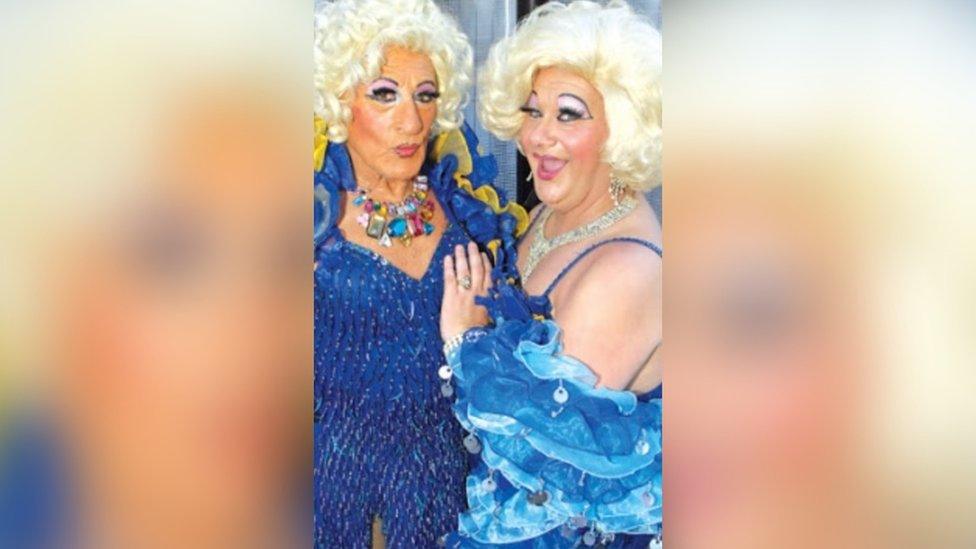
Maisie (pictured left) continues to take to the stage at Brighton Pride every year
Maisie, aged 87, is perhaps the world's oldest performing drag artist.
Maisie started out as part of a double act called the Trollettes - the name comes from the old term for cruising or "trolling".
Retirement is not an option for this artist who has performed around the world, on TV, in pantomime and continues to take centre stage at Brighton Pride every year.
Dave Lynn
First performance: The Black Cap, Camden - 1975
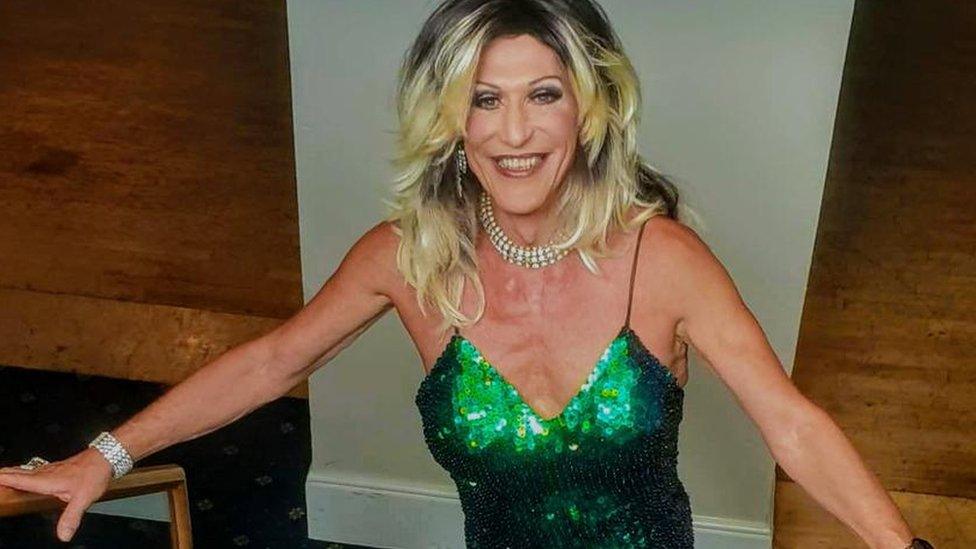
Dave Lynn began performing aged 17
Affectionately known as the "godmother of drag", Dave made his debut at the age of 17 at a time when there were few gay bars and it was tough to be "out".
Despite the dangers, Dave says being a drag queen back then was a lot of fun and he was mothered by many of the older more established names from the time.
As for the images of drag, he said he was thrilled to see the genre become more mainstream, especially with the existence of Ru Paul's Drag Race UK.
Lola Lasagne
First performance: Royal Vauxhall Tavern, Vauxhall - 1989
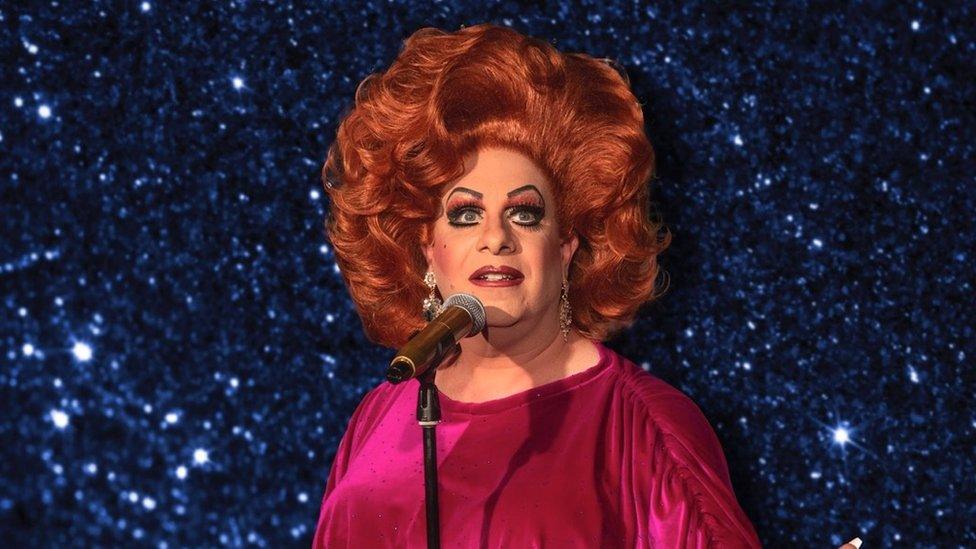
Lola Lasagne is an organiser for the cabaret tent at Brighton Pride
Lola's stage name comes from a character in the 1960s Batman series played by Ethel Herman who played a villain called Lola Lasagne.
These days Lola spends a lot of time organising the cabaret tent at Brighton Pride and describes the role as "rewarding" but akin to "herding cattle".
Rose Garden
First London performance: London Lesbian and Gay Centre, Farringdon - 1993
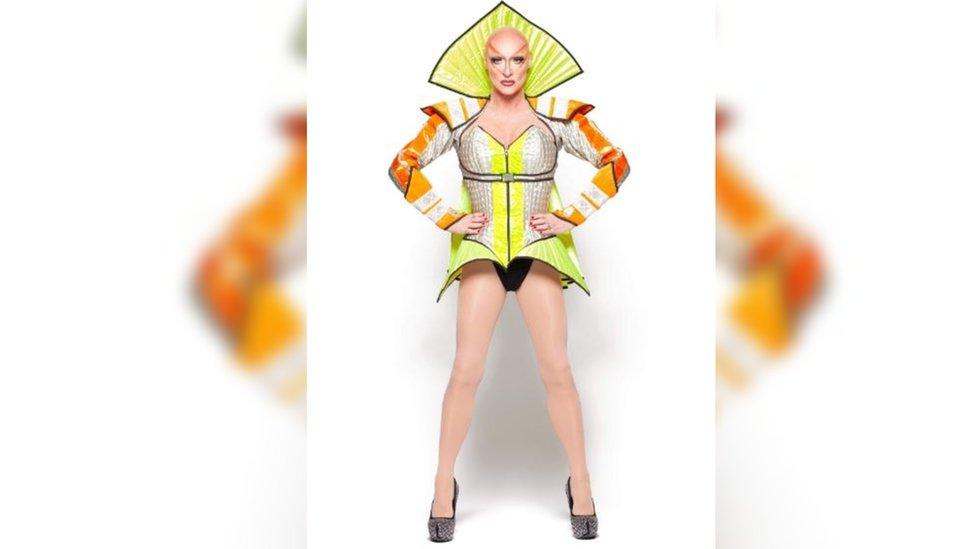
Rose began performing during the Troubles in Belfast
Rose was a feisty, no-messing drag queen in Belfast during the Troubles in the late 80s.
But the artist didn't pick up the name Rose Garden until moving to London.
It came about after a drunken brainstorming sessions at the pub before a country and western gig in north London.
There were many suggestions including Patsy Reclined, Crystal Chandelier and Tammy Whynot but, Rose Garden seemed like the perfect fit.
Miss Jason
First performance: The Coronet, Stratford, 1996
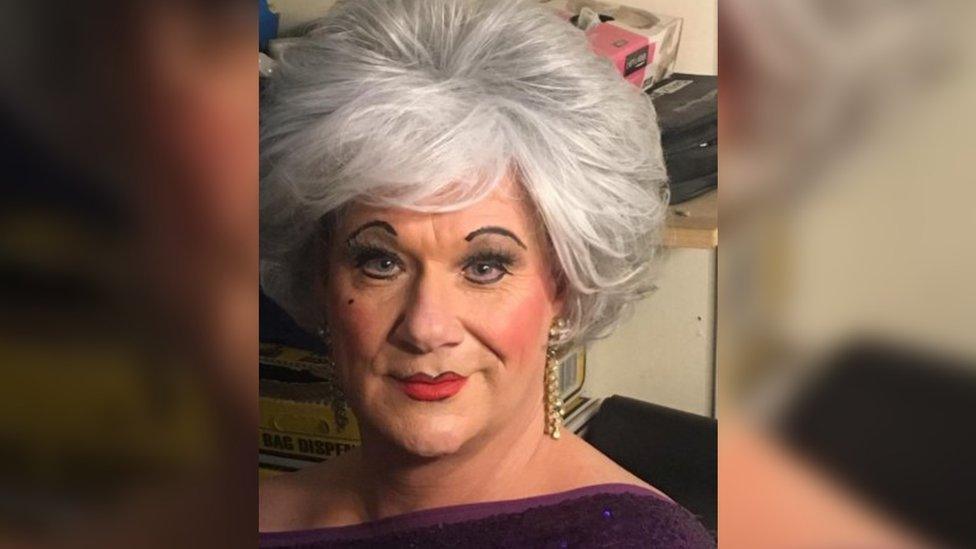
Miss Jason confesses she still gets nervous before a show
The legendary drag queen, Phil Starr, came up with Miss Jason's name the first time she performed in Brighton at the Queens Arms bar.
Miss Jason confesses she still gets nervous before a show, but said "once you hear laughter and see smiles on people's faces that soon chases the nerves away".
The Duchess
First performance: The Cock and Comfort, Bethnal Green, 1997

The Duchess runs one of the last independent gar bars, which is located in Greenwich
The Duchess runs the George & Dragon in Greenwich, one of the last independent gay bars in London.
She says her name came naturally as someone who has been in the bar trade for the past 22 years.
Son of a Tutu
First performance: Two Brewers, Clapham - 2010
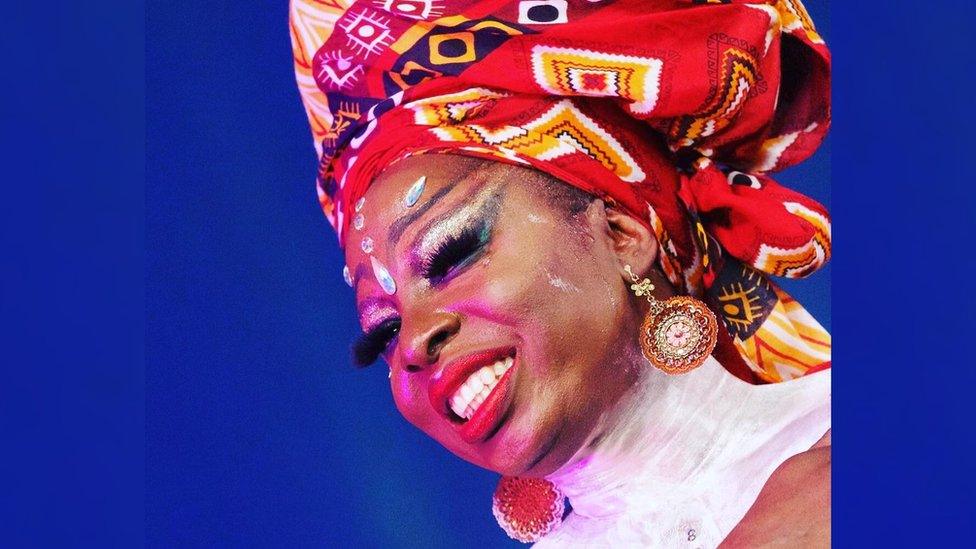
Son of a Tutu is a both a performer and an active LGBT campaigner
As one of the few black drag queens on the circuit, Son of a Tutu chose a name that was a little camp and that gave a nod to her black heritage.
Tutu is also the name of her mother.
Son of a Tutu is more than just a performer, but also an outspoken and active LGBT campaigner.
One of her proudest moments was arranging the Soho vigil for the victims of the Orlando massacre in 2016.
LoUis CYfer
First performance: Candy Bar, Soho - 2014
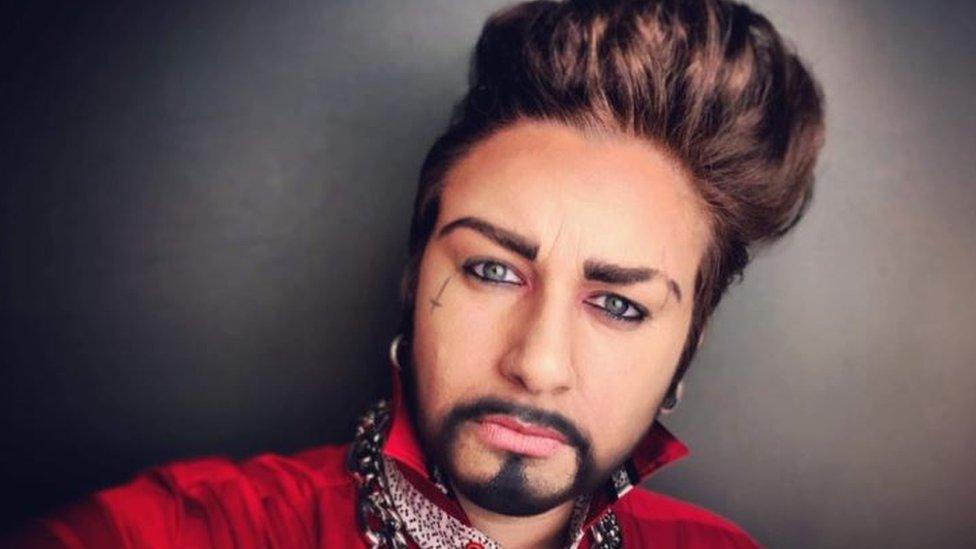
LoUis said performing as a drag king "felt right"
The drag king scene has seen a huge growth in popularity in recent years.
The performer said that being a drag king "allowed my masculinity to bask in all its glory", and it just "felt right".
Despite the growth in the number of drag kings in London and on the gay scene generally, the artist believes there needs to be more mainstream representation.
Asttina Mandella
First performance: The London Scene - 2015
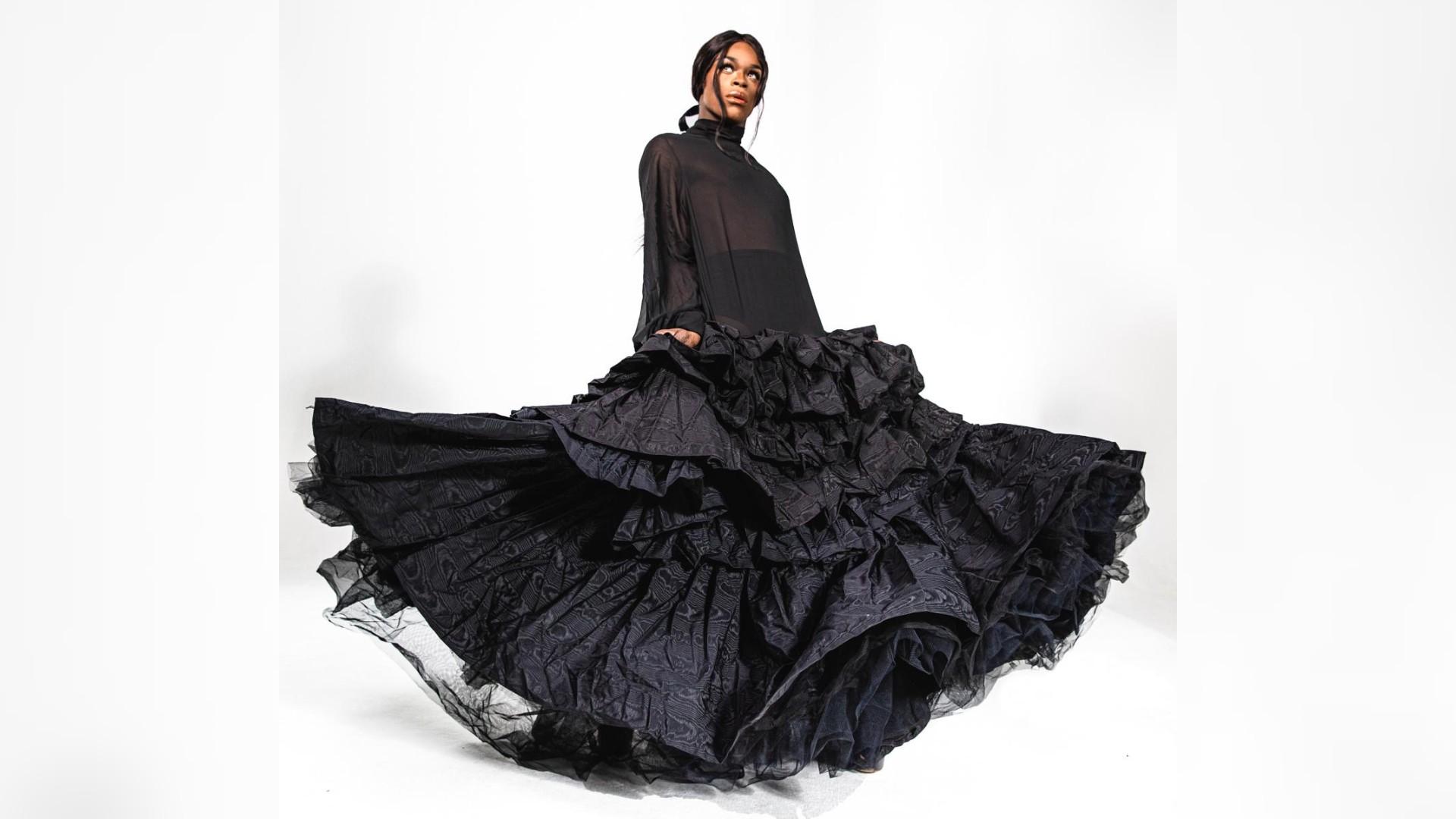
Asttina has been gracing London's stages since 2016
Asttina's first performance as a drag queen was in 2016.
Whether on stage at the Troxy in Limehouse or the Clapham Grand, Asttina is a Londoner through and through and loves performing in the capital.
Asttina says she has experienced some racism as a young black performer, but insists this is other people's problem and not hers.
She puts it down to some being "intimidated, threatened and scared" by her strength.
Christian Adore
First performance: Jericho Tavern, Oxford - 2017

Christian Adore performs improvised comedy in a duo for drag king nights
Christian Adore made his London debut at BoiBox in 2018, which is one of the few drag kings nights in London.
These days, he is part of a drag duo with artist Eaton Messe, whose improvised comedy involves lots of audience participation.
The performances are very different from the traditional drag acts that once typified the offering in the capital.
- Published21 August 2019
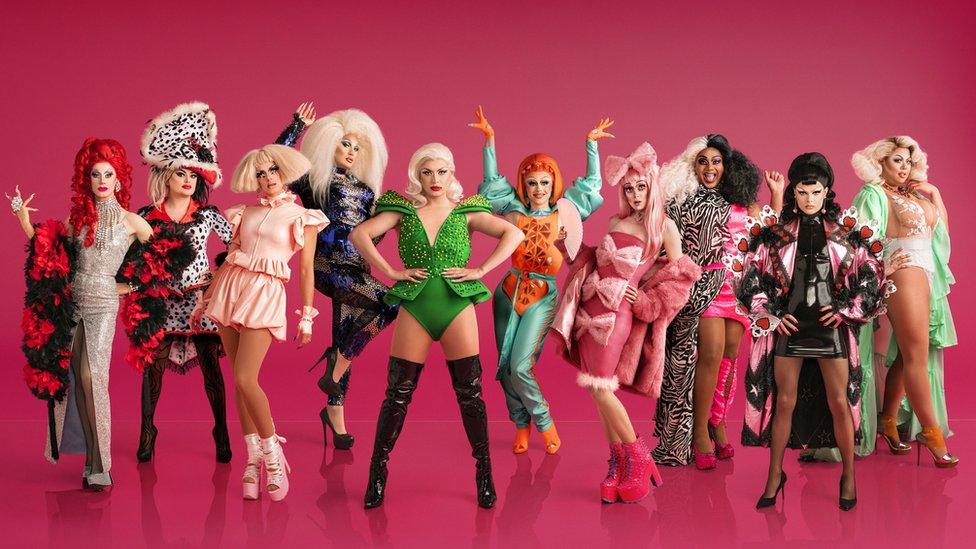
- Published5 December 2018
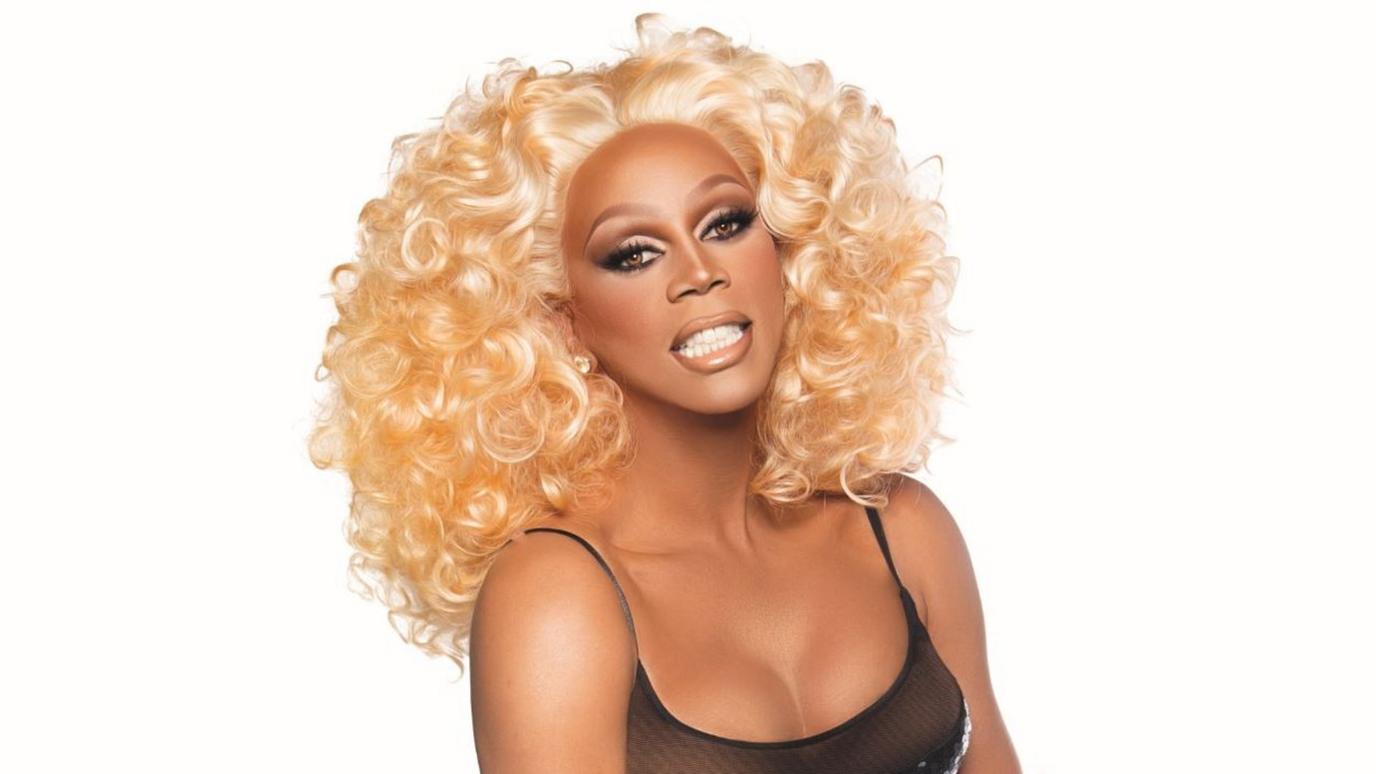
- Published18 August 2018
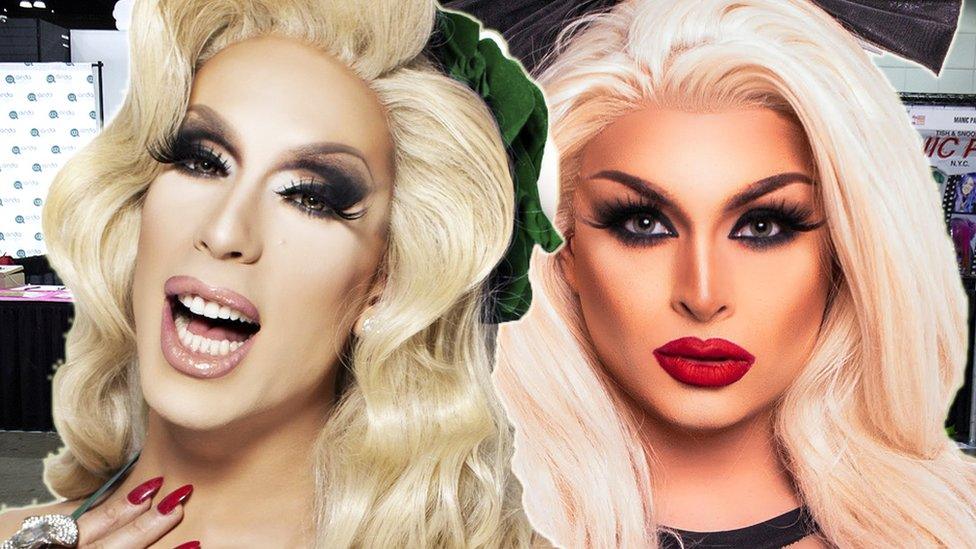
- Published5 October 2018
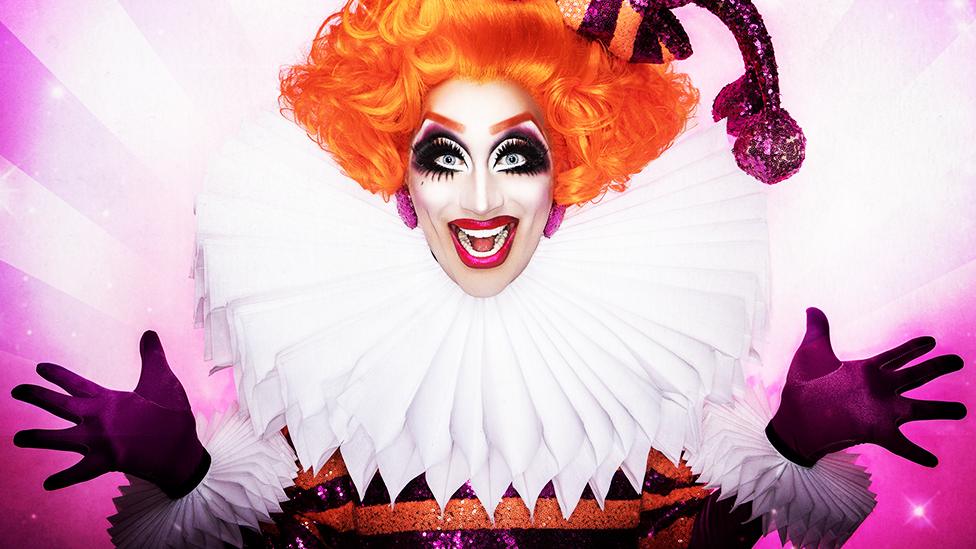
- Published7 April 2018
